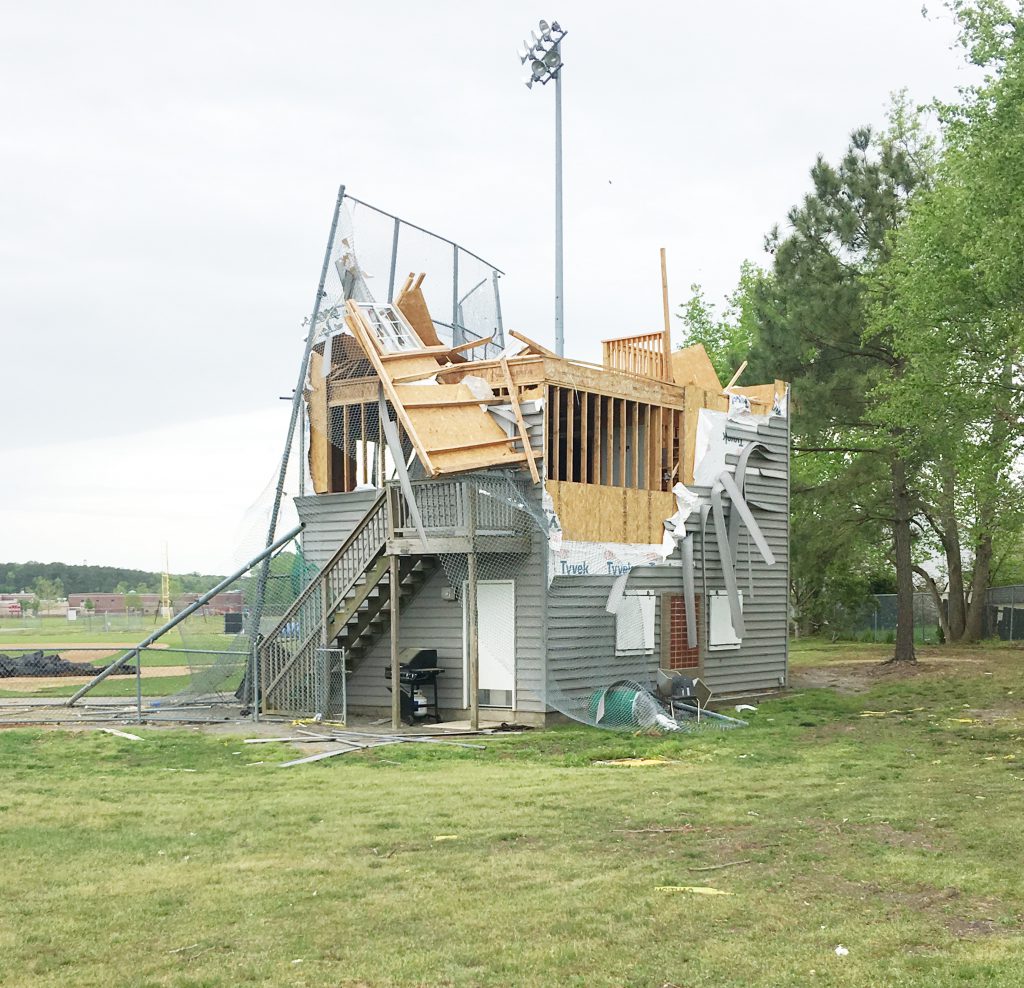Featured Image: Greer Environmental Sciences Center boasts environmentally friendly energy. Ross Winner|Marlin Chronicle
Gov. Glenn Youngkin released the Commonwealth of Virginia’s 2022 Energy Plan on Oct. 4, rerouting from the Virginia Clean Energy Act (VCEA) established in 2020.
The 2022 plan is outlined based on the listed principles of reliability, affordability, innovation, competition and environmental stewardship. It places an emphasis on nuclear energy, saying that the Commonwealth will “Work with government, industry, and academic partners to develop a plan to deploy a commercial small modular nuclear reactor in Southwest Virginia within 10 years.”
Youngkin said the VCEA needed to be reevaluated. His plan stated that “Given the likely technical, affordability, and reliability challenges for Virginia’s electrical grid, these mandates require periodic review and reauthorization.”
In the letter that preambles the plan, Youngkin said, “We need to push beyond petty politics and execute on a real strategy to provide the reliable, affordable and clean energy economy of tomorrow that Virginia deserves.”
Sophomore Jessica Wilson, vice president of Marlins Go Green, Virginia Wesleyan University’s student-led sustainability organization, said that she is concerned about Youngkin’s energy plan. Much of this concern stems from Youngkin’s intention of removing Virginia from the Regional Greenhouse Gas Initiative (RGGI), a program that reduces the amount of carbon dioxide emissions from electric power plants.
Additionally, Wilson said Youngkin is “trying to repeal the legislation that tied us to California’s new law that will only allow new vehicles that are sold to be EV (electric vehicles) starting in 2035.”
As for campus policy at VWU, Wilson said she would like to see Virginia Wesleyan’s energy come from more renewable sources. She cited research from VWU 2022 graduate, Nathaniel Powell, that measured the university’s renewable energy production from July 2020 to June 2021. According to the study, 65.58% of VWU’s carbon footprint came from off-site energy purchasing. The study found that solar power accounted for 0.24% of energy used on campus in 2021. “It would be great if our campus could invest in more solar,” Wilson said.
Beyond campus, Wilson said she wants to see policies that limit CO2 emissions from large polluters and help low-income households transition to more efficient appliances and electric vehicles.
VWU Political Science major, freshman Breanne Bessette, said that even when people are concerned about the environment, their voting may not reflect that.
A citizen acknowledging climate change as a problem “doesn’t necessarily mean that they’re going to turn around and vote for the person that’s going to make their gas prices go up, or that’s going to force them to trade from a gas car to electric car,” Bessette said.
She said that environmentally-motivated voting surfaces the conflict of “what’s convenient versus what is the ethically correct decision.”
VWU sets its own standard for clean energy policies. According to the sustainability branch of the university’s website, “Virginia Wesleyan is committed to waste-reduction, recycling, energy efficiency, green building practices, composting and other earth-friendly landscaping practices, promotion of public transportation and much more.” The university heavily promotes its Greer Environmental Sciences Center in alignment with those values.
The green building industry lands right in the intersection between money, policy and the environment. Joe Atkins, VMDO architect and designer of VWU’s Greer Environmental Center, said that in terms of green buildings, “lowering the costs and getting some of those barriers out of the way” can encourage institutions to switch to sustainable energy measures.
According to Atkins, lots of trade offs occur in the construction process of green buildings. He said HVAC heating and cooling systems have some of the largest impact, but its implementation must find a balance between cost and environmental footprint.
“A lot of times we will really go to bat for the upfront expense of drilling the geothermal wells, so that you can get that huge energy benefit,” Atkins said.
Energy conservation measures within Greer’s design include a green roof, optimized natural light and a ground system for water heating and cooling.
“Sustainable features integrated in the constructed wetlands,” the VMDO website said. “Near high-efficiency building systems, and on the green roof are accessible to students who study local flora and fauna and monitor the building’s use of energy and water.”
Dr. Maynard Schaus, professor of Environmental Science and coordinator of Sustainability Management at VWU, said that he recalls how an exciting part of the Greer design process for him was “building on the success” of the Chesapeake Bay Foundation’s Brock Environmental Center. This is one of the first local buildings to achieve “net zero” energy, meaning it uses no more electricity than what it generates on its own through solar and wind.
By Lily Reslink
lbreslink@vwu.edu


